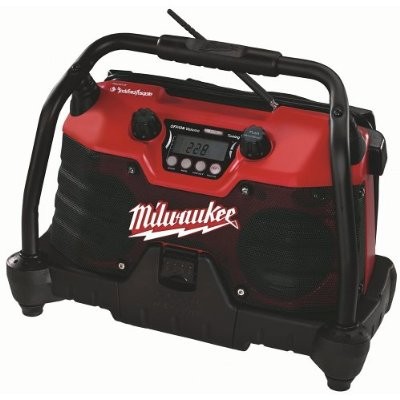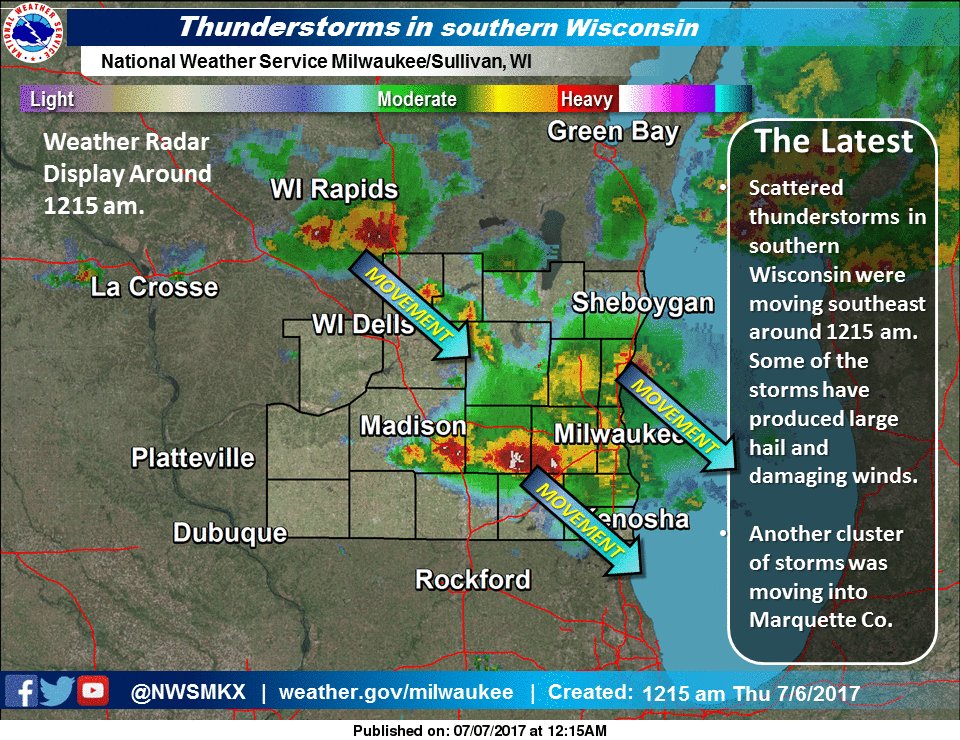
If at any time you feel you will be unable to reach shore, do whatever you can to draw attention to yourself.If you feel you can safely swim, you may be able to escape by swimming out of the current in a direction following the shoreline, or toward breaking waves, then at an angle towards the beach. The best way to survive a rip current is to first relax and float.Trying to swim against a rip current will only exhaust your energy energy you need to survive and escape the rip current. Your natural instinct may be to try to swim back to shore…but DO NOT swim against the current.Rip currents pull you away from the shore, they don’t pull you under the water. Here is what NOAA says to do if caught in a rip current: What do I do if I get caught in a rip current?


If you want to learn more about the science behind rip currents, see here. These currents pull you away from shore and can make it difficult or impossible to swim back to shore and pull you to very deep water. While they differ in strength, they can sometimes reach speeds that even an Olympic swimmer can't compete with. What are rip currents?Īccording to the National Oceanic and Atmospheric Administration (NOAA), a rip current is a channelized current of water flowing away from a shore or beach. Anywhere you see breaking waves can have a rip current. Are there rip currents in the Great Lakes?

If you're heading to the beaches or waterfronts along Lake Michigan or other Great Lakes, here is what you should know. One of the most hazardous things they share are rip currents, which are the cause of already 55 drownings in the U.S. The Great Lakes may not sound as strong as their oceanic counterparts, but they pretty much act the same.


 0 kommentar(er)
0 kommentar(er)
